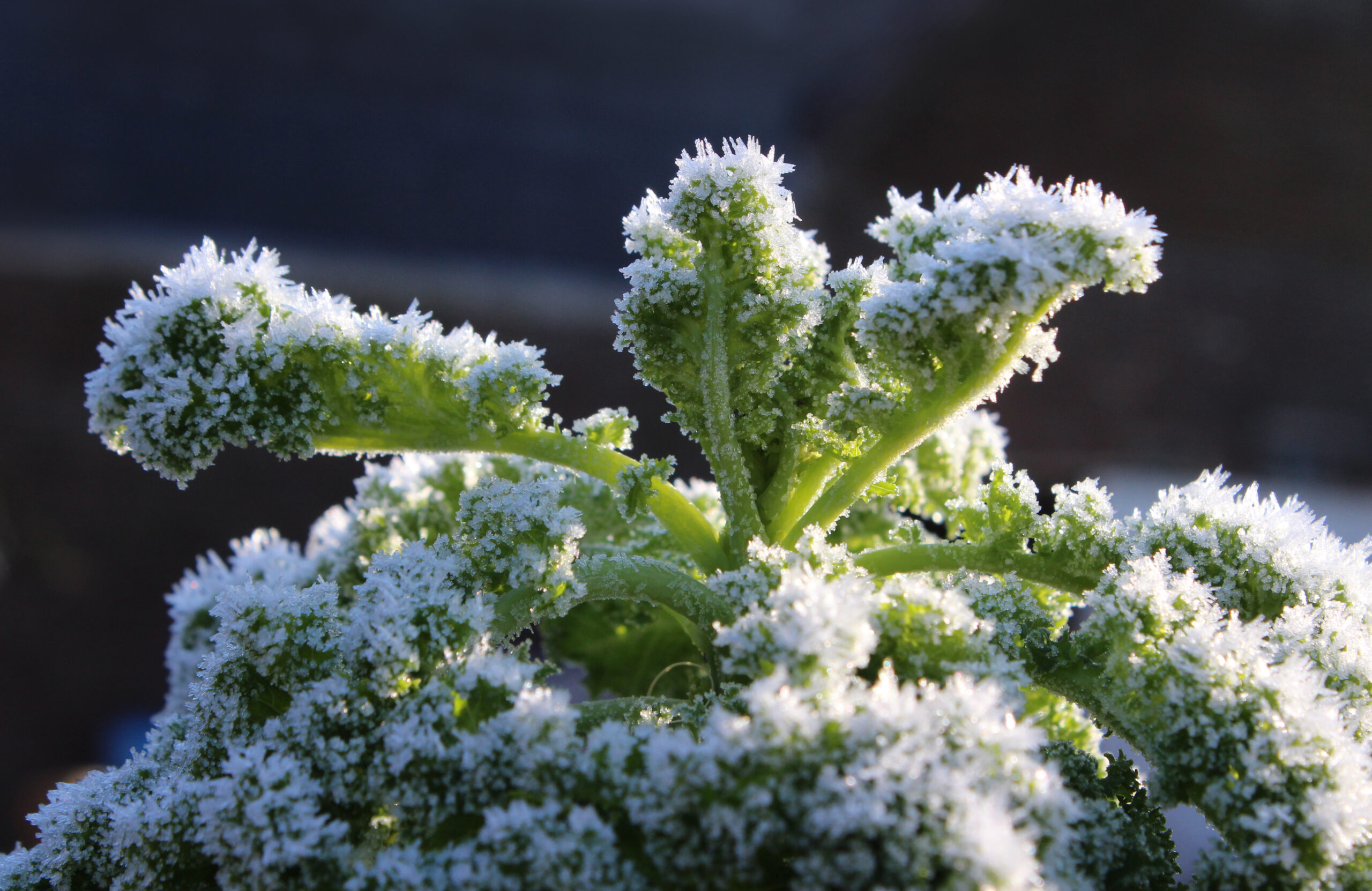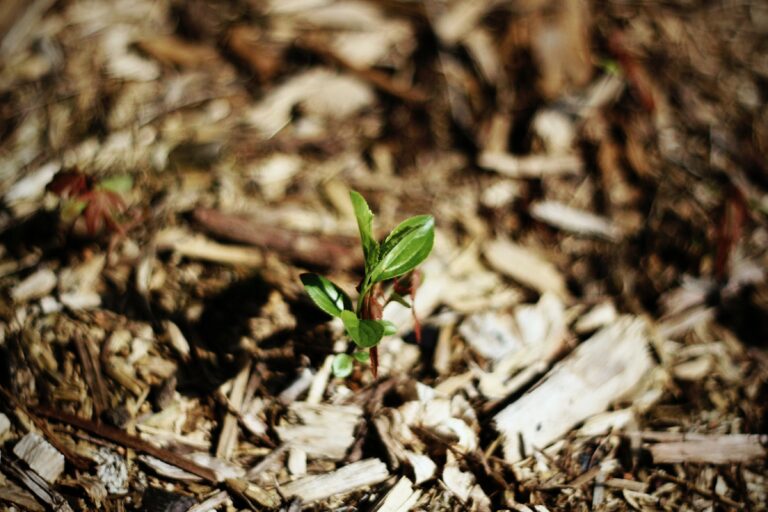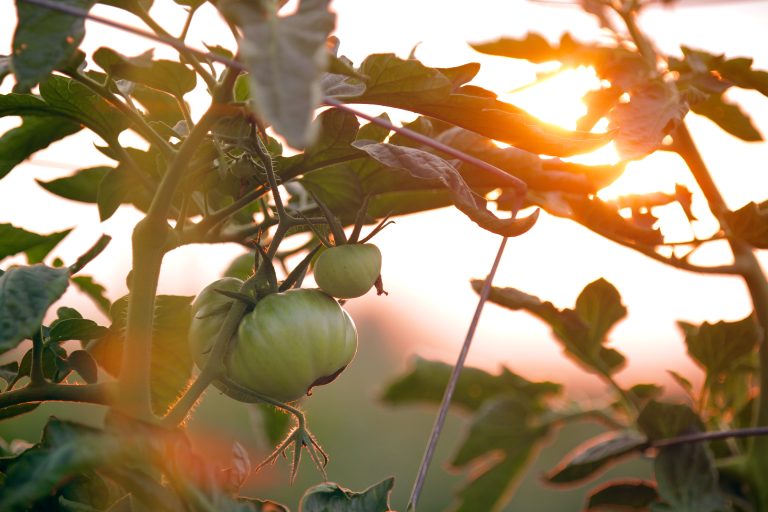7 Essential Tips for Winter Garden Maintenance you need to know
Introduction
As winter settles in, many gardeners might think it’s time to put their tools away and hibernate until spring. However, winter garden maintenance is crucial for fostering a thriving garden ecosystem when the warmer months return. This season presents a unique opportunity to prepare your garden for future growth while nurturing the soil and its inhabitants. By adopting regenerative practices, you can ensure that your garden not only survives the cold but also flourishes when spring arrives. In this post, we’ll explore seven essential tips for winter garden maintenance, providing you with a comprehensive guide and strategies that promote long-term ecological balance.
1. Clear Garden Debris
Winter is an excellent time to start by clearing debris from your garden beds. This process involves removing fallen leaves, dead plants, and any other organic matter that could harbor pests or diseases. While it’s important to remove diseased plant material to prevent the spread of pathogens, it’s equally crucial to leave some organic matter, such as fallen leaves and plant stalks. This debris can provide habitat for beneficial insects, like ladybugs and predatory beetles, which are crucial for maintaining a balanced garden ecosystem.
Leaving some plant material also supports soil organisms through the winter, helping to create a natural mulch layer that will decompose and enrich the soil. As you clear debris, avoid using chemical herbicides or pesticides, as these can disrupt the beneficial organisms that help maintain soil health. Instead, consider using natural methods for managing any remaining weeds or pests.
2. Compost Garden Debris
Incorporating garden debris into your compost pile is a fantastic way to close nutrient loops and enhance soil fertility. Composting helps recycle organic matter back into the soil, providing essential nutrients that support plant growth. When setting up your compost pile, use a balanced mix of green (nitrogen-rich) and brown (carbon-rich) materials to ensure efficient decomposition.
Green materials include items like vegetable scraps, grass clippings, and coffee grounds, which provide nitrogen and help speed up the composting process. Brown materials, such as dried leaves, cardboard, and straw, add carbon and help balance the compost. Regularly turning the compost pile will ensure that air circulates and speeds up decomposition, turning your garden waste into rich, dark compost that you can use to improve soil structure and fertility come spring.
3. Apply Mulch
Mulching is a critical practice for winter garden maintenance, as it protects the soil and its microorganisms from harsh weather conditions. Organic mulches such as straw, leaves, or wood chips create an insulating layer that helps regulate soil temperature, retain moisture, and prevent erosion. This layer also adds organic matter to the soil as it breaks down, further enriching your garden beds.
When applying mulch, make sure to spread it evenly across the soil surface, but avoid piling it too thickly around the bases of plants. A 2-4 inch layer is generally sufficient. If you’re using wood chips or straw, be sure they are well-aged or composted, as fresh mulch can sometimes harbor weed seeds or pathogens.
4. Plant Cover Crops
Planting cover crops during winter is an excellent strategy for preventing soil erosion, improving soil structure, and enhancing fertility. Cover crops like clover, rye, and vetch can fix nitrogen in the soil, which helps replenish nutrients that are often depleted during the growing season. These plants also help promote root growth, which improves soil structure and helps reduce compaction.
Cover crops can be sown directly into garden beds or used in rotation with other crops. They also act as a natural weed suppressant, reducing the need for chemical herbicides. Once the cover crops have matured, you can incorporate them into the soil as green manure, which will decompose and add organic matter, further enhancing soil health.
5. Prune Wisely
Winter pruning is an essential task that contributes to plant health and overall garden vitality. By removing dead or damaged branches, you improve air circulation and sunlight penetration, which helps prevent disease and encourages robust growth in spring. Focus on pruning to support natural growth patterns, which fosters strong root systems and balanced canopies.
Pruning tips include using clean, sharp tools to make precise cuts and avoiding heavy pruning of plants that are still actively growing. For trees and shrubs, remove any crossing branches or those that grow inward, as these can create crowded conditions that increase the risk of disease. Remember to research the specific pruning needs of different plants, as some species require more intensive pruning than others.
6. Maintain Your Tools Sustainably
Taking care of your gardening tools is crucial for maintaining their effectiveness and extending their lifespan. Start by cleaning tools with natural agents like vinegar and baking soda, which effectively remove dirt, sap, and rust without introducing harmful chemicals into your garden ecosystem. For a deeper clean, soak tools in a vinegar solution before scrubbing them with a wire brush or steel wool. Rinse thoroughly and dry completely to prevent rust.
Tool maintenance tips include repairing broken handles and tightening loose screws instead of replacing tools. Sand and treat wooden handles with linseed oil to restore their durability and grip. For metal parts, replace worn-out components like springs or blades. Regularly sharpen pruners, shears, and hoes using a sharpening stone or file to ensure clean cuts. Apply eco-friendly oil to metal parts and a mixture of beeswax and linseed oil for lubrication and protection.
7. Support Wildlife and Plan for Spring
Winter is an ideal time to support the wildlife that plays a crucial role in your garden ecosystem. Leaving plant stalks and seed heads intact provides essential habitat and food sources for birds and beneficial insects. These organic structures offer shelter and sustenance throughout the cold months, ensuring that these helpful creatures thrive and are ready to contribute to your garden’s health come spring.
Additional winter tasks include using cold frames to protect young plants and soil organisms from harsh weather conditions. Reflect on your garden’s layout and consider crop rotation to prevent soil depletion and reduce pest buildup. Integrate more native species into your garden to enhance biodiversity and create a more resilient ecosystem. Design your garden to mimic natural ecosystems by incorporating a variety of plants that support each other and local wildlife.
Conclusion
Embracing regenerative principles in your winter garden maintenance is an investment in the long-term health and vitality of your garden. By following these seven tips—clearing debris, composting, mulching, planting cover crops, pruning wisely, maintaining tools, and supporting wildlife—you can ensure that your garden remains balanced and resilient. These efforts not only protect and enrich the soil during winter but also set the stage for robust growth and biodiversity when spring arrives. Integrating these practices helps close nutrient loops, supports beneficial wildlife, and minimizes environmental impact, ultimately contributing to a more sustainable and thriving garden.






